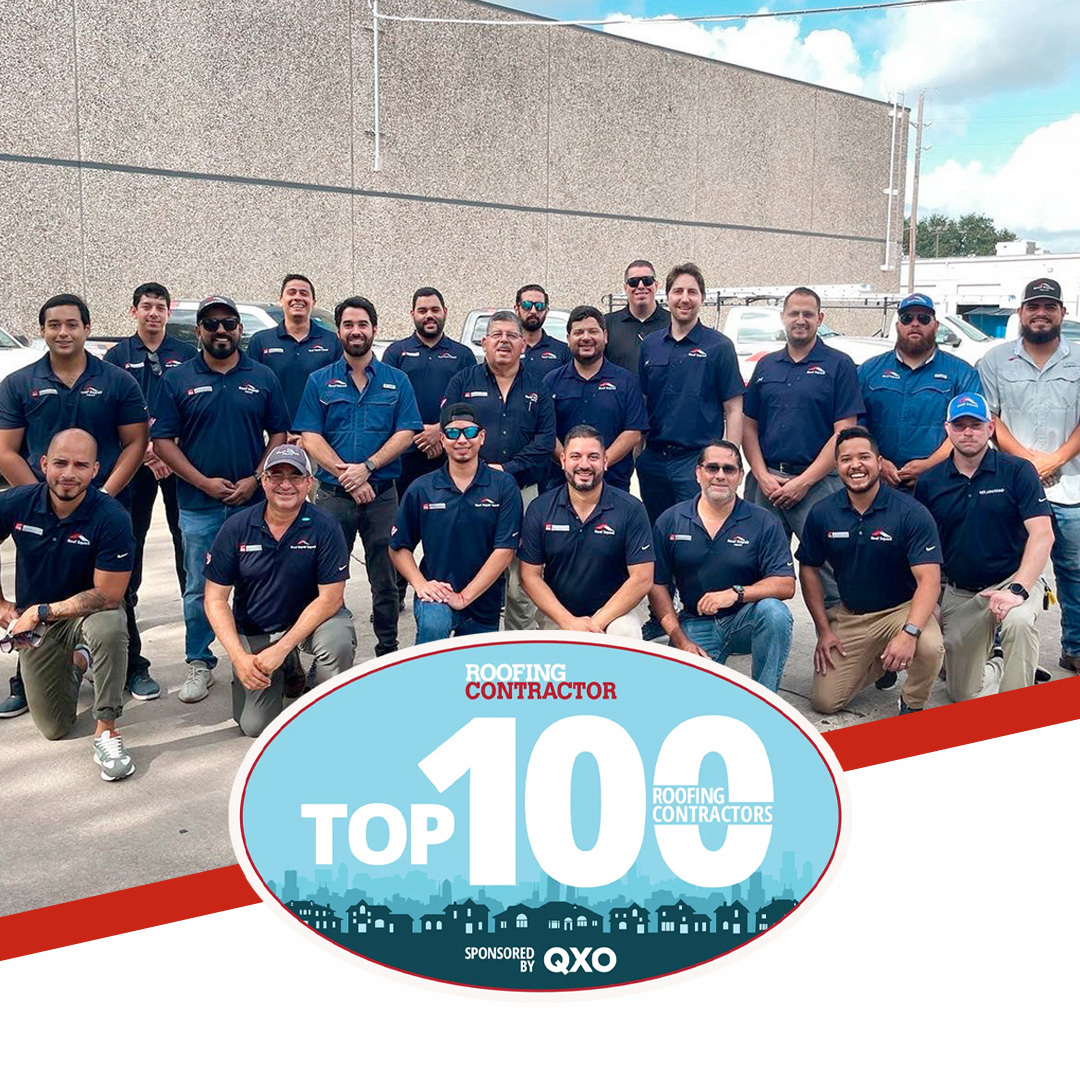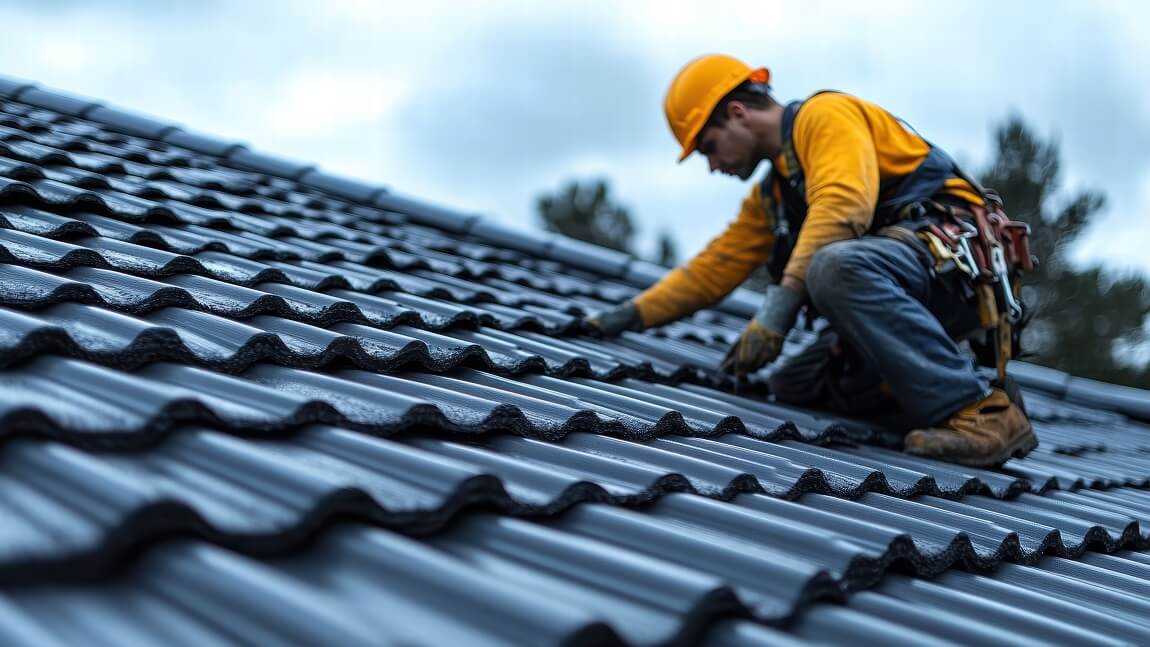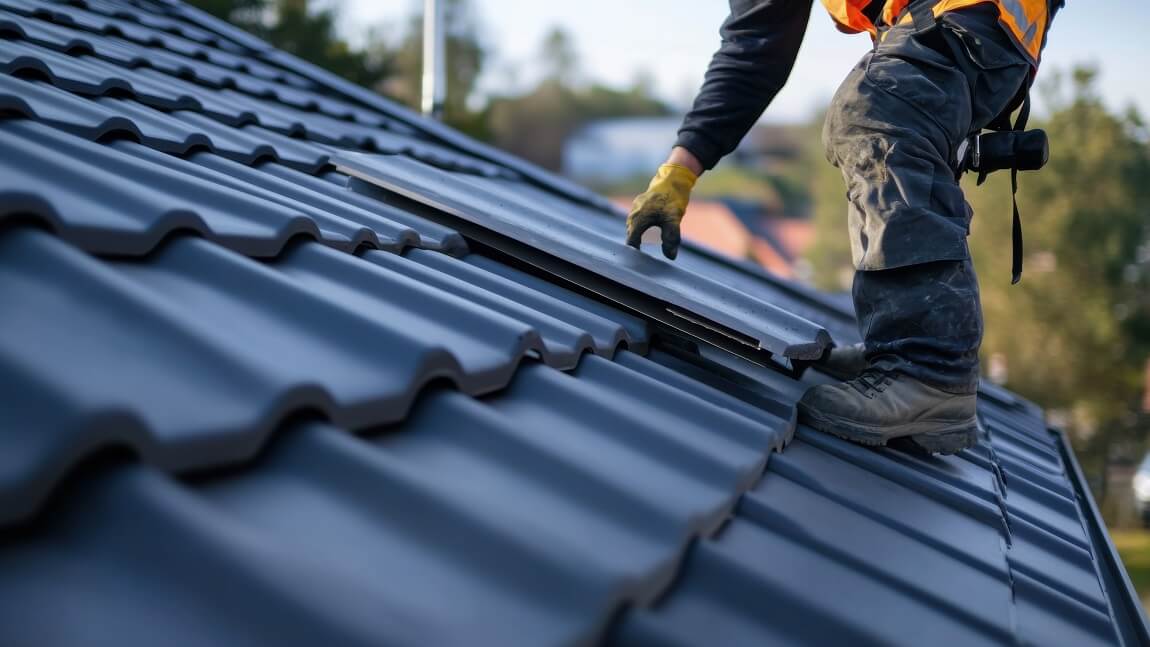Are you considering metal roofing for your home? If so, you’re making a smart choice. Metal roofs offer durability, energy efficiency, and a sleek, modern look. If you’re wondering what the installation process actually involves, here's what to expect.
Initial Consultation and Inspection
Before any work begins, your roofing contractor will conduct an initial consultation. During this phase, they’ll inspect your current structure to ensure it’s sound and capable of supporting the new metal roof. They’ll also discuss your material options—including steel, aluminum, and copper—as well as colors and styles to fit your home’s aesthetic. Your contractor will help you select the best option based on your budget, climate, and preferences.
Removal of the Old Roof
In most cases, the contractor will need to remove your existing roof. This isn’t always necessary, though, as contractors can sometimes install metal roofs over existing shingles. However, removing old roofs avoids adding excess weight to your structure and allows for a clean installation. This process takes a day or two, depending on the size of your home and the type of roofing.
Underlayment Installation
Once the team preps the roof, they begin installing the underlayment. This protective layer acts as a barrier against moisture and adds insulation. Proper underlayment installation is essential for the long-term performance of your metal roof, helping it stay watertight and energy-efficient.
Fitting the Metal Panels
With the underlayment in place, the next step involves attaching the metal panels. These panels are typically pre-cut to fit your roof’s specifications, which reduces installation time. Your contractor will start at the bottom of the roof and work their way up, overlapping panels to create a tight, weather-resistant seal.
This step usually takes a few days, depending on the complexity of the roof design.
Adding Flashing and Trim
The contractor installs flashing and trim around chimneys, vents, and skylights to prevent water from seeping into these vulnerable areas. This step helps avoid leaks and protects your new roof’s longevity. The trim also gives the roof a polished, finished appearance.
Quality Inspection and Final Touches
After completing the installation, roofers thoroughly inspect the area. They check for loose panels, confirm proper sealing, and make necessary adjustments. During this stage, they also add final touches like sealing seams and confirming proper drainage.
Cleanup and Debris Removal
Roofing installation can generate a lot of debris, but a reputable contractor will handle all cleanup. They’ll remove old materials, nails, and any scraps left from the installation process, leaving your property clean and ready to enjoy your new roof.
Final Walkthrough and Maintenance Tips
Your contractor will do a final walkthrough with you, pointing out key aspects of your new roof and providing maintenance tips. Metal roofs are low-maintenance, but occasional checks for loose fasteners or debris buildup can extend their lifespan even further.
Trust our team at Roof Squad for exceptional metal roof installations and thorough inspections. Let us help keep your roof in optimal shape—contact us today to schedule a consultation to learn how we can meet your roofing needs.










